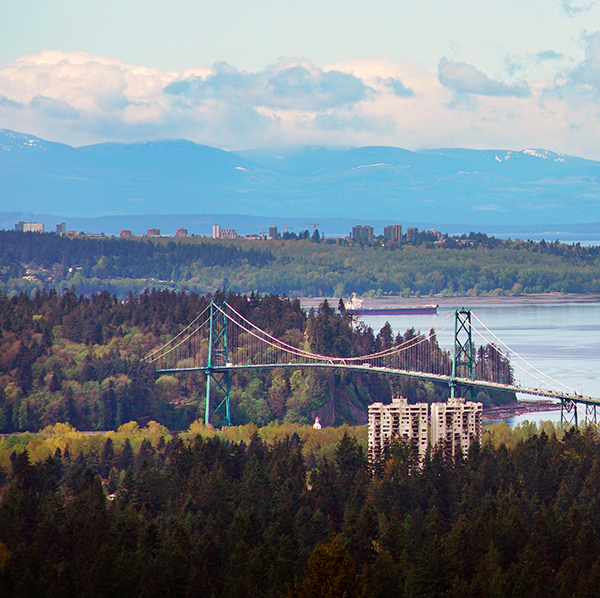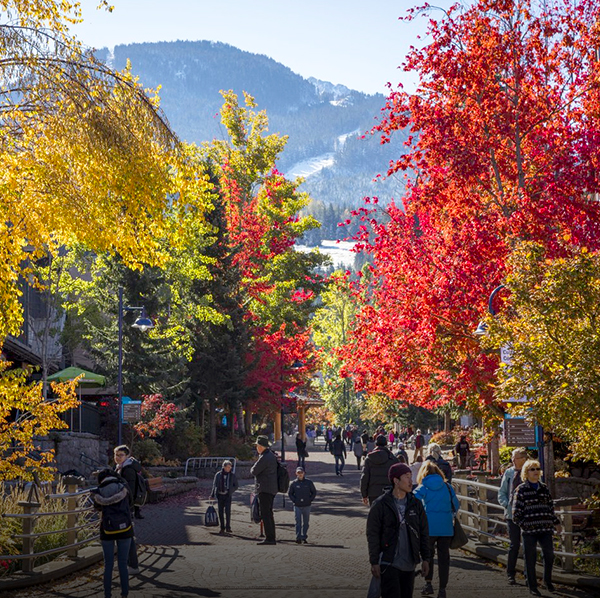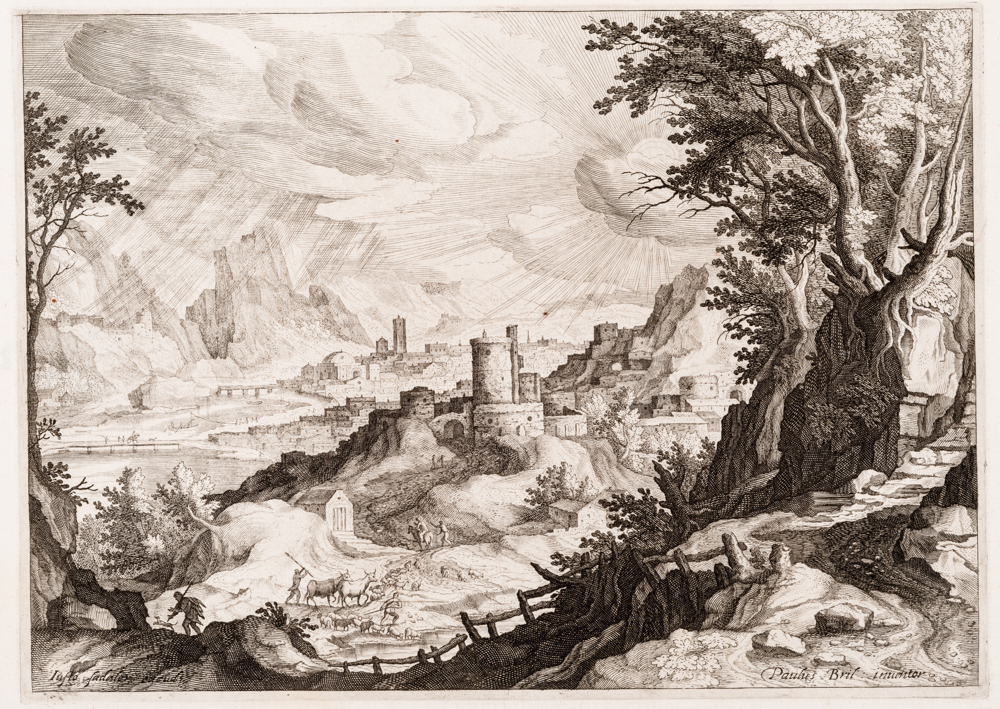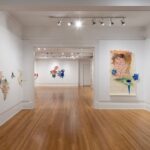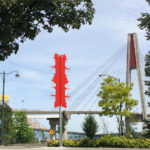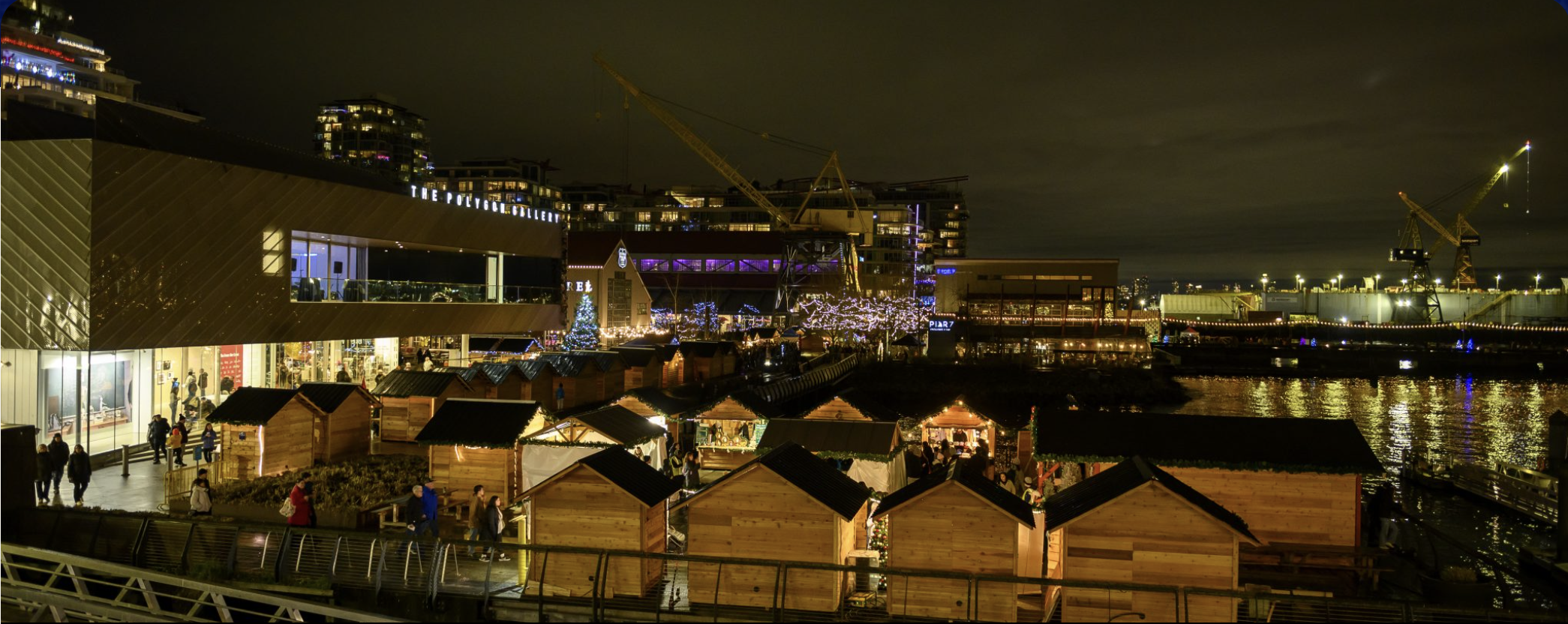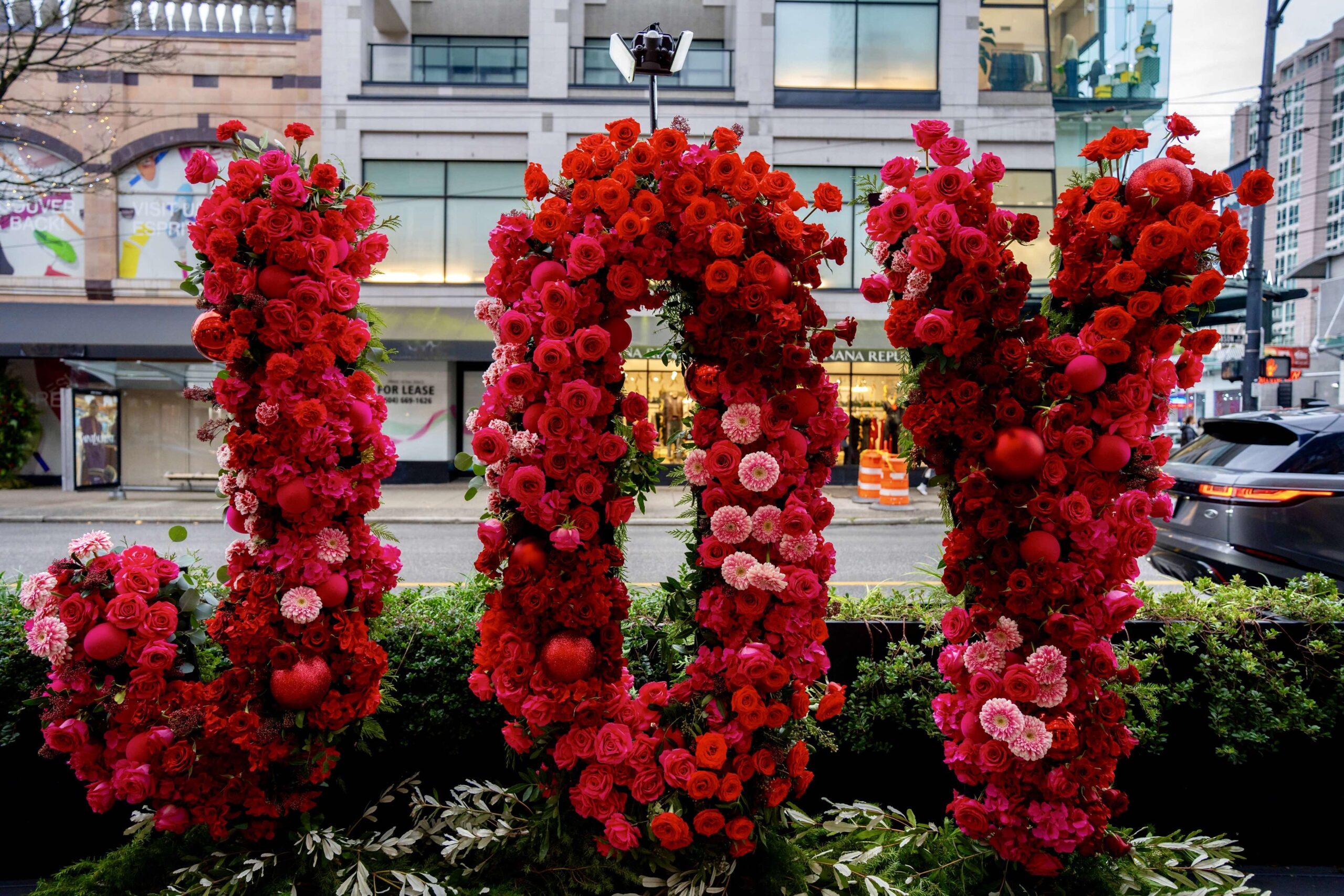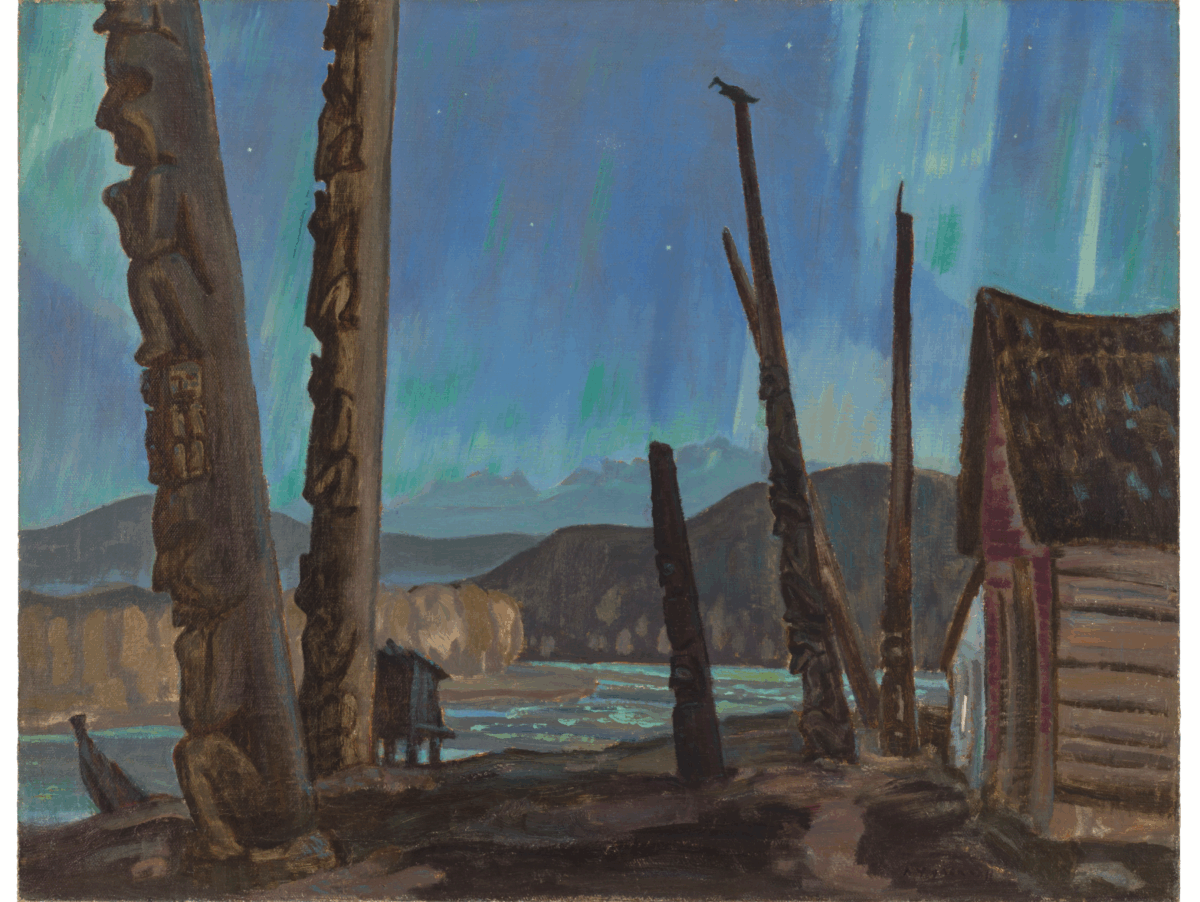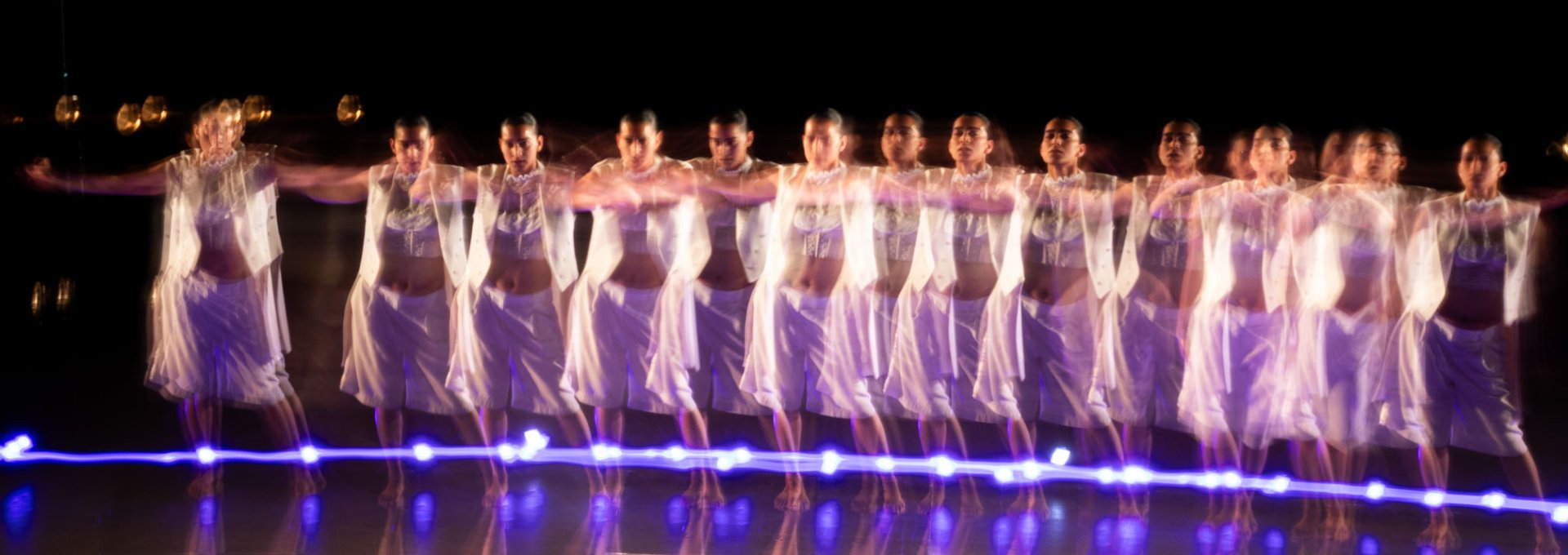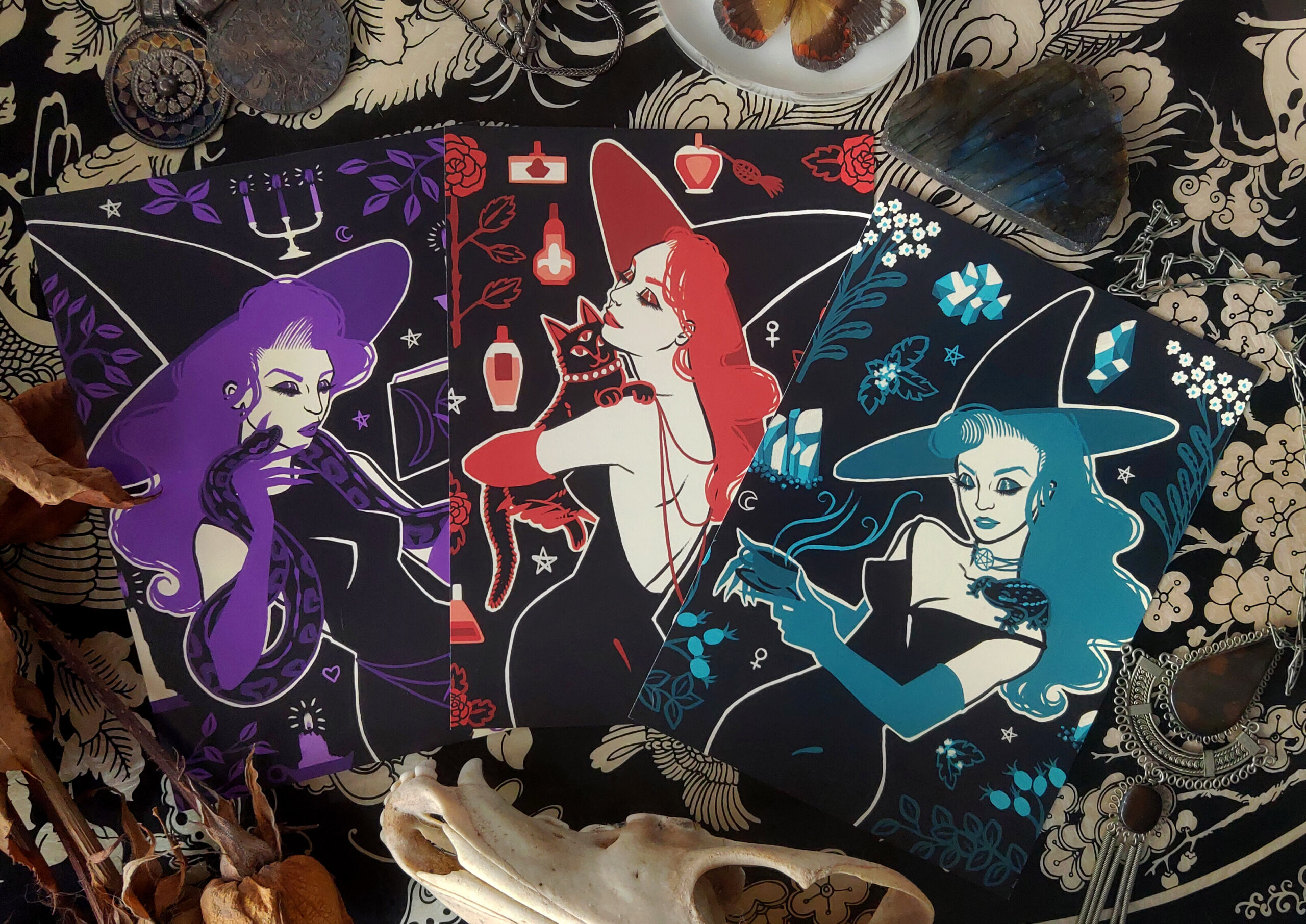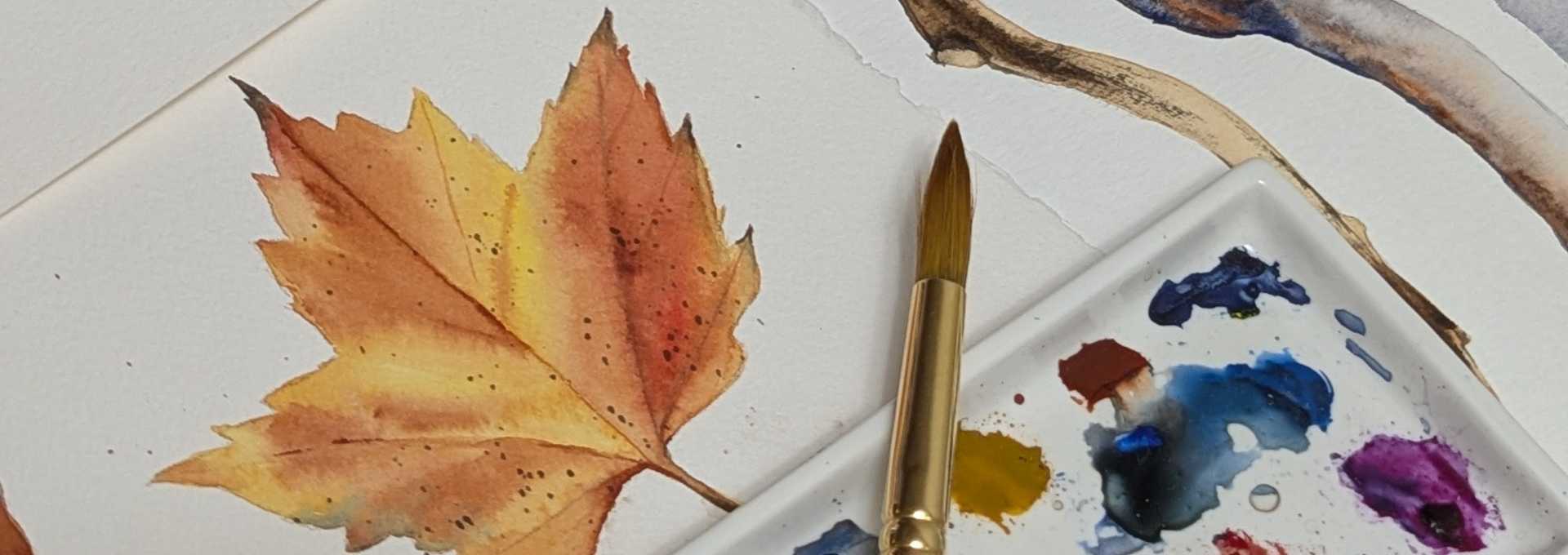By Harriet Goodwin
The touring exhibit ‘The Collectors’ Cosmos’ has paid a visit to the Audain Art Museum in Whistler!
This once-private collection of prints was accumulated over 40 years by two doctors from Montreal, Drs. Jonathan Meakins and Jacqueline McClaran. It was recently donated to the National Gallery of Canada, and in so doing, the couple doubled the Nation’s collection of prints from the 16th and 17th centuries, known as the Golden Age of Dutch and Flemish art.
The exhibition is made up of three rooms, and 170 prints (etchings, engravings with a few woodcuts sprinkled in) have been arranged thematically. They act as a window into the changing culture and attitudes during this time as mythology, astrology, politics, science, and religion were all evolving. The technique of print-making came about from the process of engraving armour and swords. Engraving involves marking a copper plate, adding ink which flows into the cut grooves, and transferring it to a piece of paper through pressing it under a roller. Etching is a similar process, but a layer of wax is poured onto the copper plate, marked, and then acid is poured over it to transfer the markings to the plate before it is transferred to paper.
*Feature image: Justus Sadeler after Paul Bril, ‘A Landscape with a Town in the Distance’, 1600–20
Many of the big name European Masters included in this exhibition, like Rembrandt van Rijn, Hendrick Goltzius and Jacob van Ruisdael would have had a studio, or ‘guild’, full of helpers including, etchers, engravers, printers and paper makers.
Van Ruisdael would famously rope in an apprentice to add people to his landscapes because he didn’t have the confidence!
Copyright and the ownership of art didn’t work in the same way back then, so on many of the exhibit panels, you will find the label ‘after’ before an artist’s name. This was because it was common for artists to take the copper plates from other artists to work on top of them, adding their own flair! You might also find the words, ‘first state’, ‘second state’ and so on. This refers to the process of reworking a copper plate once a previous print run had been made – there could be up to 11 versions altogether if an artist or buyer wanted to add in some extra details after the fact. Maybe this was for the best, as any writing or copies of existing buildings would have had to be written/ drawn backwards.
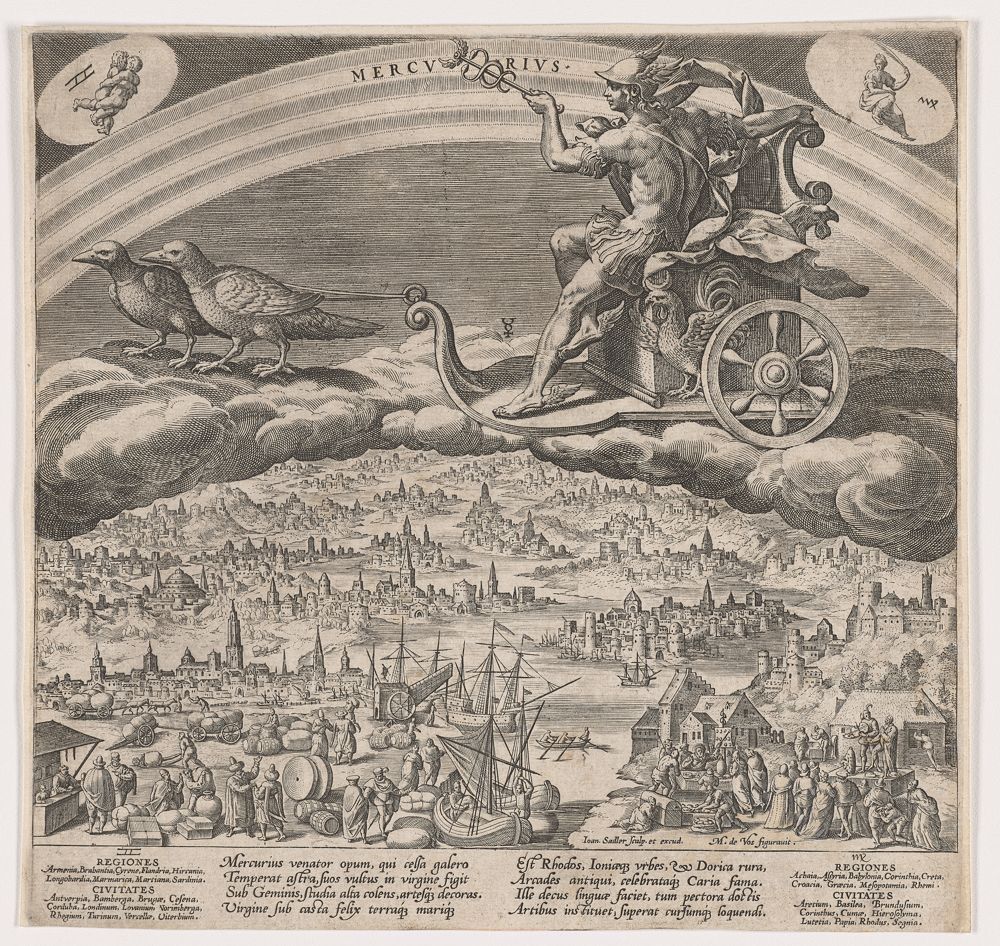
Photo credit: NGC
The first room of the exhibit shows prints that are heavy with symbolism and allegory. For New Age types who like to make astrological observations like ‘oh – classic stubborn Taurus’ or, ‘you have Leo energy for sure’, this will be a favourite room of the exhibition. The oldest prints in the collection reveal a time when it was widely believed the earth was the centre of the universe and five planets rotated around it. The time of year you were born directly affected your destiny, and your life wasn’t completely your own. Instead, each zodiac sign was ruled by a Roman god or goddess who looked after you, and had an associated planet. In one print series, the gods and goddesses are captured driving their chariots through the heavens, with the society they rule far beneath them. This almost birds-eye style was called ‘world view’ and was the precursor of map-making.
Elsewhere in the room, the importance of the time you were born is also alluded to through a grouping of 12 prints showing the changing months, each adorned with the corresponding zodiac symbol.
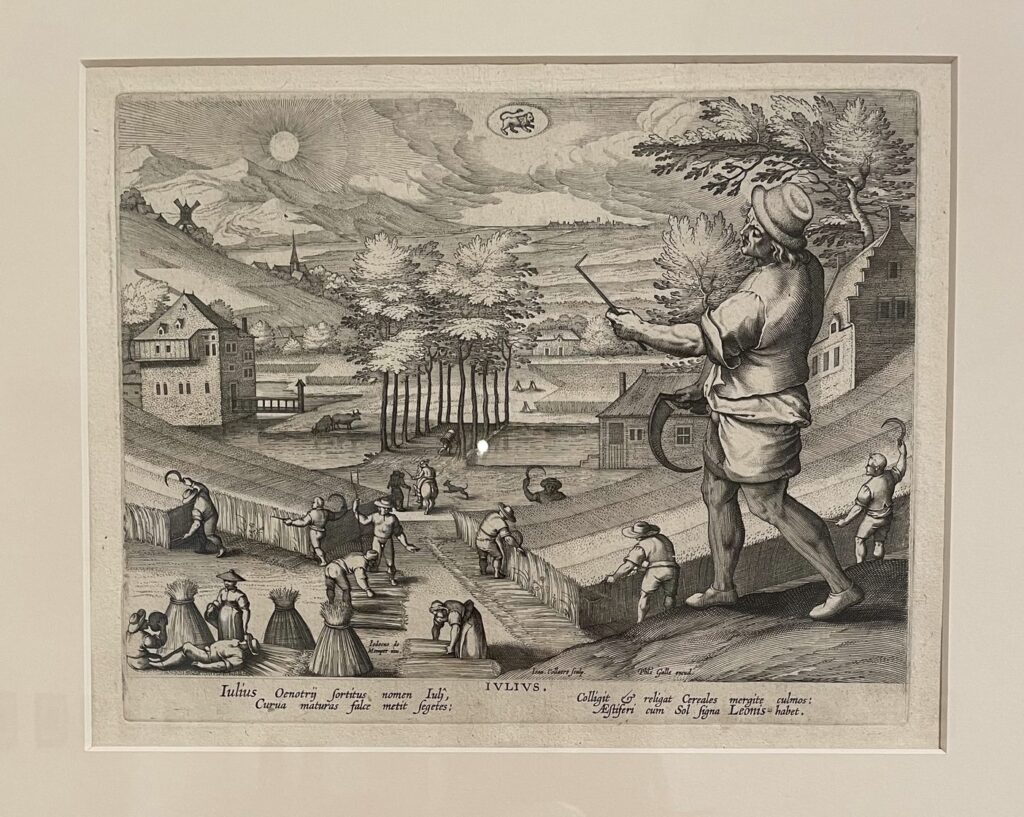
In the late 1500s, Dutch and Flemish people started to question this traditional way of thinking and were beginning to convert to Catholicism. One of my favourite prints showed a mash-up of two Bible stories – Adam and Eve, and Noah’s Ark. The large etching is covered with animals, most of which would not have been found in the Low Countries (the coastal lowland region in Northwestern Europe), including cheetahs, bears and well, a unicorn. A few of these animal pairs are borderline unrecognizable, but you can’t blame the artists as they have only seen these animals from other artists’ renderings. It was common for artists to use their imagination – in some of the prints, you might spot mountains despite the artist not having seen them before – this area was called the Low Countries for a reason!
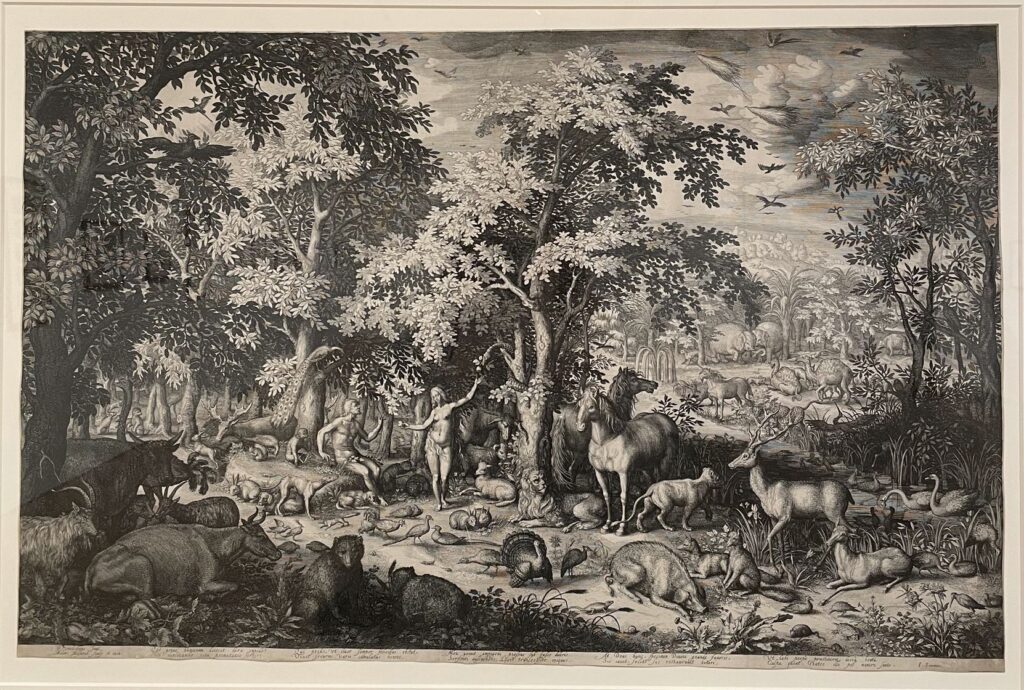
Then came a move away from Catholicism; The emperor of the Roman Empire’s son, the king of Spain, was the ruler of the Low Countries. After fighting for 80 years, the Netherlands finally gained independence from Spanish rule. A Protestant revolution of intellectual thinkers was born as people gained more academically-based world views. The need for historical, astrological, religious or allegorical meaning took a back seat for new, realistic subject matter.
A whole genre of Dutch and Flemish landscapes emerged – some of which make up half of this exhibit. These prints existed purely as a way to convey pride for their reclaimed land (not to mention the land they reclaimed from the sea). They depict pastoral scenes, often with cityscapes captured far away in the distance. If any people can be spotted amongst Nature’s grandeur, they are usually tiny, anonymous peasants working the land.
The exhibition’s last room shows the final lowering of the horizon line, from the ‘world view’ from the gods and goddesses’ perspective to the idyllic landscapes to a zoomed-in study of humankind. Through world trade and shipbuilding, communities were experiencing a new level of prosperity, and to celebrate, people became the key subjects of prints. Studies of community festivities like ‘Kermis’ showcase all types of debauchery in humorous, chaotic scenes. This frivolous foolery is a far cry from the gods and goddesses, Biblical stories and majesty of some of these landscapes.
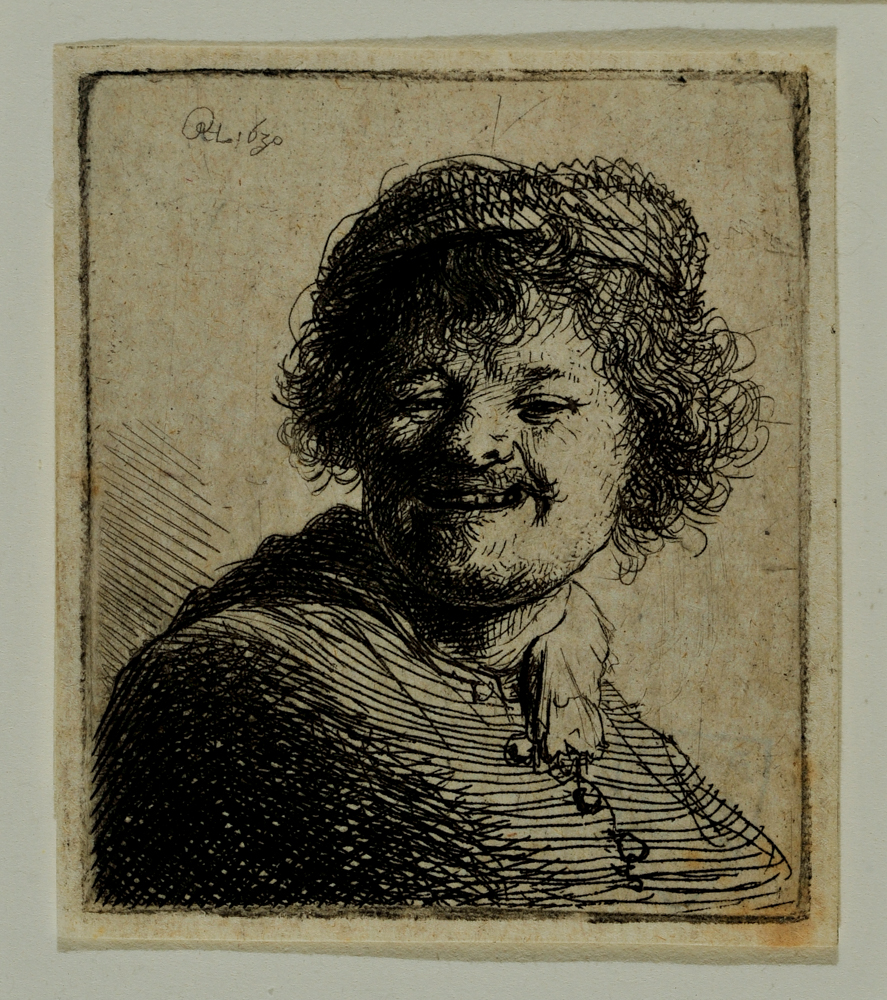
Photo credit: Denis Farley
One theme that persists throughout every piece of art is the incredible level of detail within each scene: animals sprinting through a forest, clouds dancing across the sky, a daylight wagon robbery, hunters in action, the bark of trees, windmills – you could really spend hours studying these prints in a very mindful way. After visiting, you are left with the sense that these artists were trying to make sense of a chaotic world, to explore the human condition, to find solace and connect to others – and really, what’s changed?
As one of the panels says, ‘No collection of Dutch prints would be complete without work by Rembrandt’ – see if you can spot his miniature self-portrait on your way out.
‘The Collectors’ Cosmos: The Meakins-McClaran Print Collection’ is on until May 15
For more details, visit audainartmuseum.com
Audain Art Museum: There are several shuttles you can take to Whistler from Vancouver. For instance, there is one that leaves from the River Rock Casino in Richmond, which you can get to by taking the Canada Line train to Bridgeport Station.
